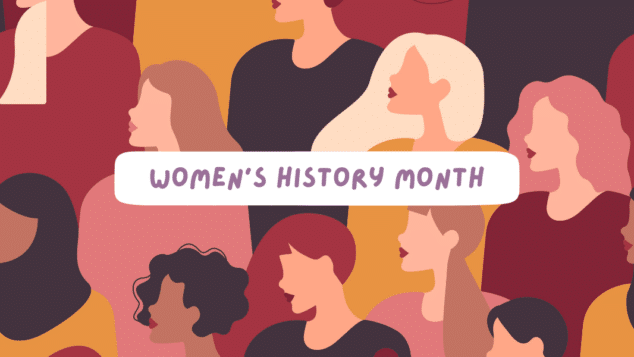Attracting New Hires With Disabilities

Companies big and small greatly benefit from a more diverse workforce, and employers are often looking to hire employees with disabilities who will bring new ideas and perspectives to the business. So here are four tips to make your workplace attractive to candidates with diverse abilities:
1. Revamp Your Recruitment Process
When looking for new hires, make sure your job description clearly reflects the demands of the position that needs to be filled and avoid any language that could potentially discourage or turn away qualified candidates. Use gender-neutral and inclusive descriptors, and don’t forget to include a few words about the culture of your company to ensure that it will be a great fit both for your candidate and for the business.
Create a recruiting document detailing how applicants who are differently abled will benefit from working for your company, and explain how your business will improve as well thanks to their knowledge and expertise. You can use this lense to update an existing recruiting document to make it more welcoming and inclusive.
Finally, be upfront about your recruiting process: communicate how long it will take for a candidate to get an answer, how many rounds of interviews they should expect to go through, and if they’ll be required to take tests to be considered for the job.
2. Create an Inclusive Company Culture
Employees who feel respected and valued by their colleagues and higher-ups will be more inclined to speak up and share their ideas, knowledge, and expertise, and will stay with your company for the long haul.
In order to attract a diverse pool of candidates to your business, you need to create a culture where everyone feels welcome. And with the high costs of turnover and onboarding, employee retention needs to be a priority for business owners. Employees who feel respected and valued by their colleagues and higher-ups will be more inclined to speak up and share their ideas, knowledge, and expertise, and will stay with your company for the long haul.
Make sure you don’t just talk the talk but actually take concrete actions by providing office furniture and equipment for your team members with limited mobility. Standard desks often don’t have enough clearance for people using wheelchairs, so invest in workstations that can be adjusted to different heights. Be mindful of having filing cabinets, printers, scanners, and other equipment accessible to everyone. And of course, provide ADA-compliant bathrooms equipped with grab bars, enough clearance space for a wheelchair, and an accessible sink.
3. Make Your Collaborative Tools Disability-Friendly
With more work being done on computers and over the internet, eliminating IT obstacles for people with disabilities is a must if you want your company to be inclusive. Start by making your website accessible and ADA-compliant, which will benefit both your employees and people visiting your site. Offer keyboard-only navigation, color schemes designed for the visually impaired, as well as subtitles and transcriptions for your videos.
There are also a variety of adaptive devices you can use to make your workplace more inclusive: screen readers, voice-to-text typing software, text-to-speech readers, OCR and TTY software, as well as adapted writing aids and ergonomic pens. Organizational software and personal organizers will also help workers with learning disabilities such as dyslexia or dyspraxia stay on task and collaborate more effectively with the rest of the team.
4. Offer Training and Continuing Education Opportunities
With online collaborative tools and cloud-based technologies becoming more and more prevalent in all areas of business, employees often need to be retrained in order to learn new skills. For this reason, ongoing training and upskilling will benefit all your team members. For employees with disabilities, online learning allows them to upskill or gain new knowledge in their own environment, with the accommodations they need, whether they’re working remotely or at the office.
If you offer continuing education funding to an online university, you’ll facilitate the development of skilled workers and your employee retention will increase. Your employees will be able to study in their own time and gain knowledge and certifications that will lead to a promotion and better pay while they continue to earn a living and tend to family obligations. Such benefits are really attractive for future employees who want to see their career take off whether in accounting, business management, or other fields.
An increasing number of job seekers consider company culture to be a major factor when looking for employment, with many putting diversity at the top of their requirements. So make your business attractive to workers with disabilities by providing an ADA-compliant workplace as well as opportunities for career advancement and growth.
Tags
Related Articles
POV: My First Time at Women’s Executive Forum™ Was Inspiring and Invigorating
A first-time attendee of the Women’s Executive Forum 2025 reflects on the event’s inspiring energy,...
It’s Not Too Late! Celebrate Women’s History Month in March
Celebrate Women's History Month in Chicago with these five impactful ideas to honor, empower, and...
Honoring Black History Month: What to Read, Watch, and Do in Chicago This February
Discover meaningful ways to celebrate Black History Month in Chicago through books, films, and local...




